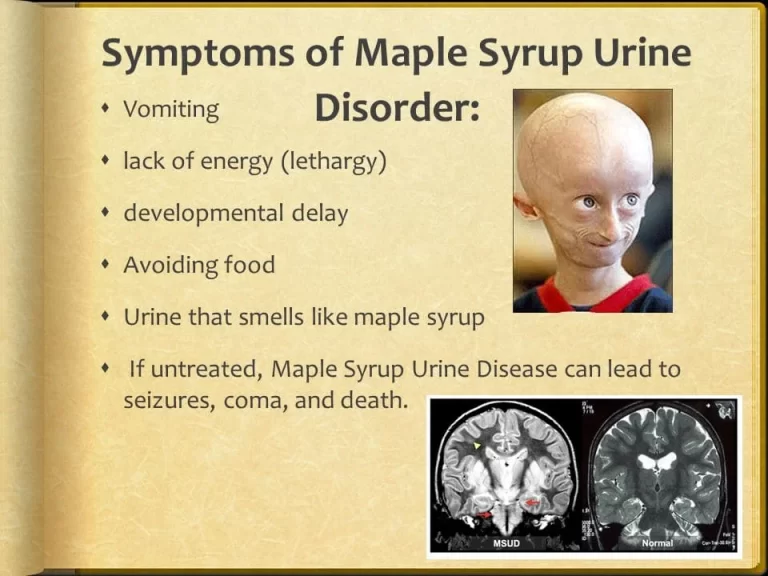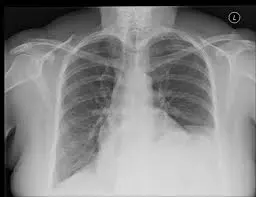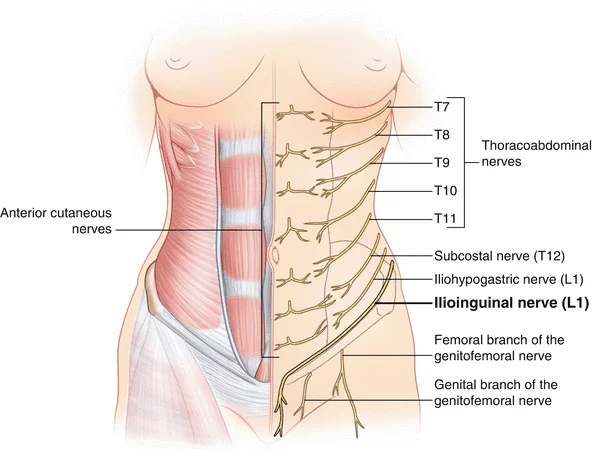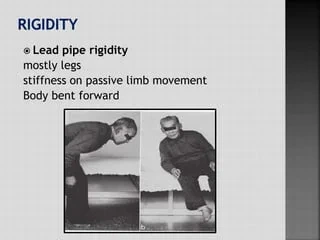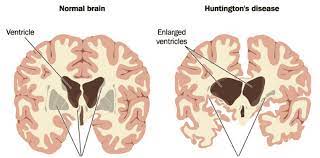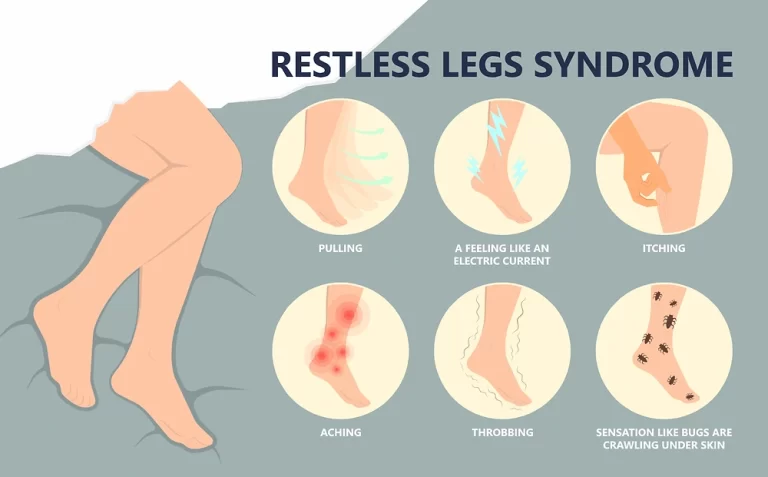Sensory Ataxia
What is a Sensory Ataxia? Sensory ataxia is represented by uncoordinated movement because of a muscle control issue that provokes an inability to coordinate movements and balance due to reduced sensory input. Sensory ataxia, as opposed to motor ataxia, is caused by abnormalities with the sensory pathways that give the brain knowledge of the body’s…



